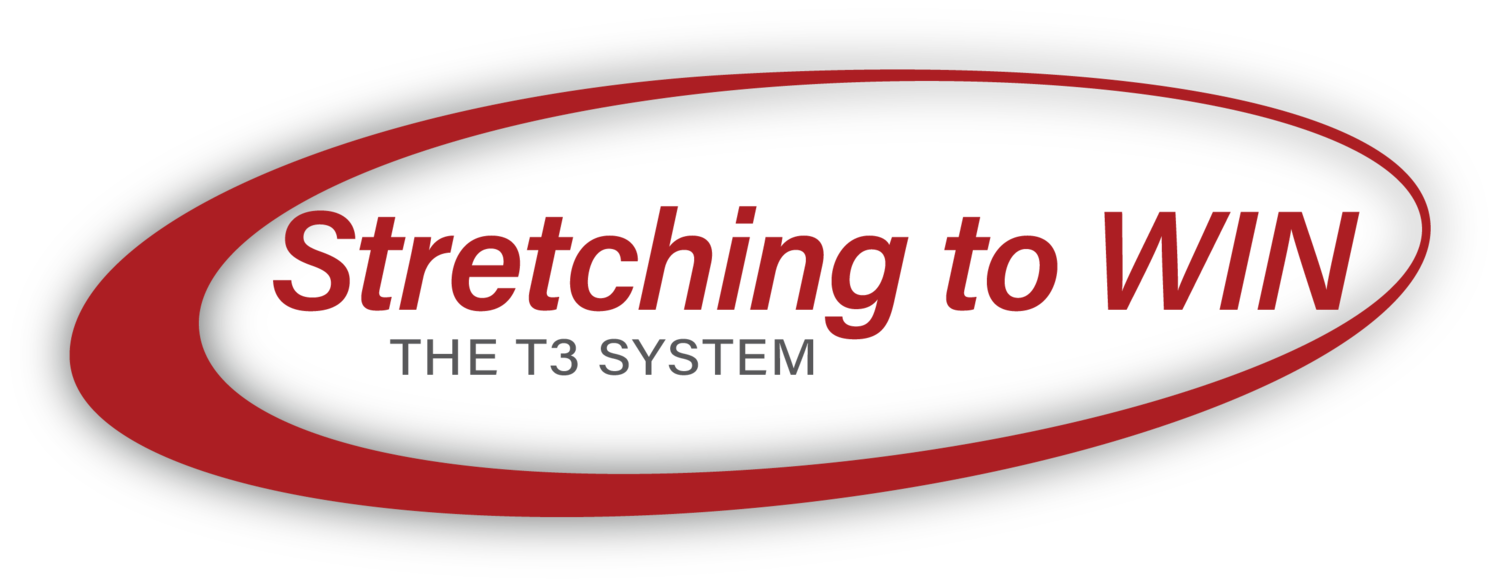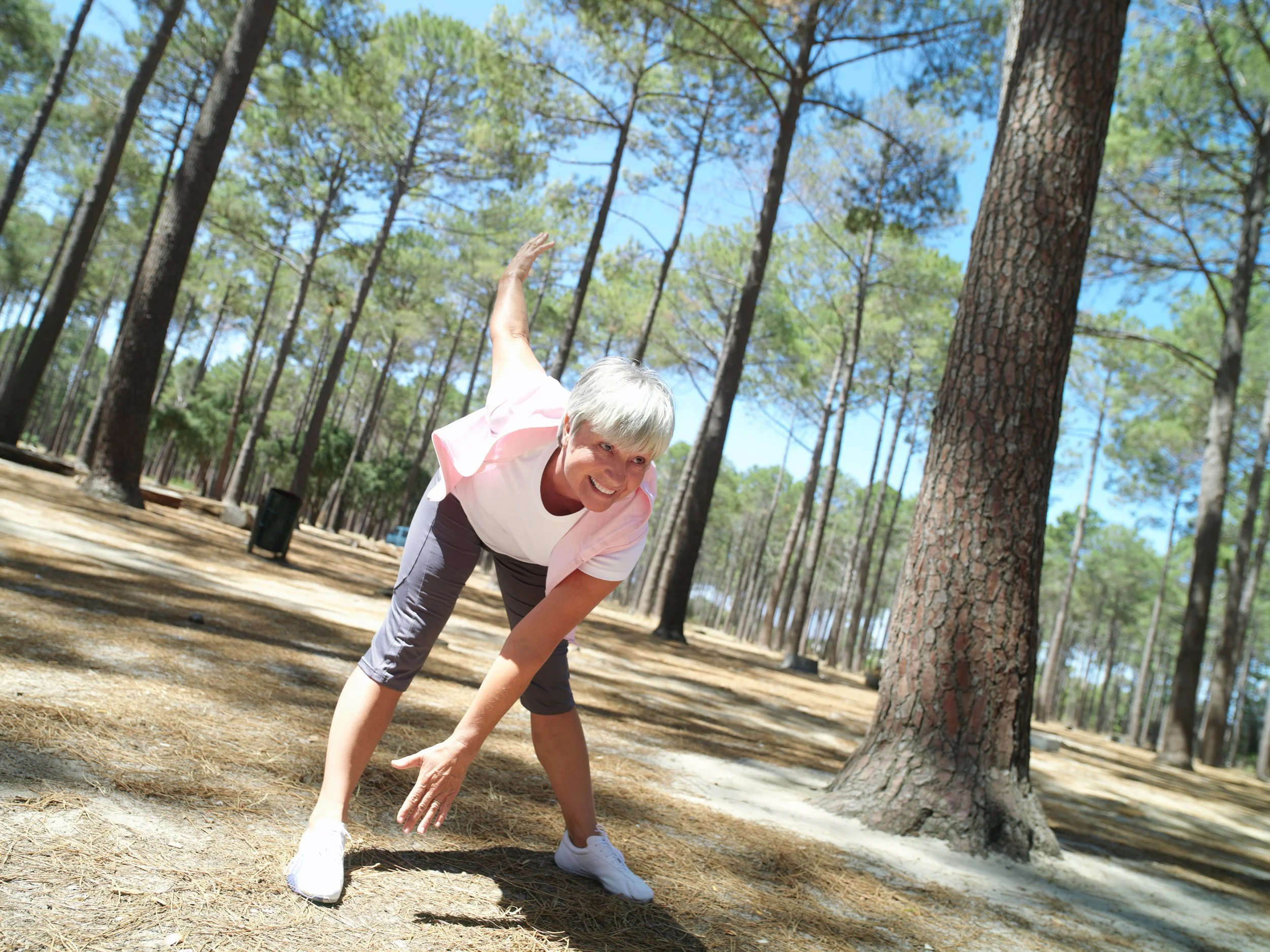The Importance of Active Blood Flow Stretching If You Are Over 55
In order to prevent injury and stay active, stretching is important. Here are the benefits you can expect from a professional active blood flow stretching program.
Active blood flow stretching is a powerful tool in staying active and injury-free. By increasing blood flow to muscles and tendons, it helps to deliver oxygen and nutrients that promote healing and prevent injuries. Additionally, active stretching can improve range of motion, flexibility, and coordination. As a result, it is an important part of any exercise regimen. However, it is especially important for those who are active in sports or other physical activities. By stretching regularly, you can help to keep your bodies healthy, help with balance and prevent injuries. So, whether you are an athlete or just looking to stay healthy and injury-free, active blood flow stretching is a powerful tool that you should incorporate into your routine.
Even though bodies start to degenerate with age, it doesn’t mean that you can’t maintain strength and flexibility as you are getting older. Aging causes different issues, such as a reduction in skin elasticity, stiffer tendons, a loss of muscle tone, and decrease in bone density. All of these issues can be contributing factors that result in a loss of flexibility.
We all know the benefits of stretching, seemingly every time after exercising. But the benefits, believe it or not, are somewhat relative to the type of stretching and the reasoning for it. For men and woman 50 and over though, it’s still one of the best daily practices you can do for your body to maintain flexibility and to increase blood flow to your muscles. Since our daily lives require muscle groups that depends on range of motion, repeated movements and flexibility, it only makes sense that we incorporate this vital skillset into our routines.
As we age, our muscles weaken, and we experience a decline in our range of movement, circulation and the health of our tendons, the connective tissues between our muscle and bone. It’s normal, but we should expect a drop in these capabilities:
Shoulder movement declines by about 1 percent (1.2 degrees) per year specifically beginning at 71 for men.
Upper body flexibility declines at a rate of 0.5 degrees per year in men and women over 50 with hip movement (hip flexion) declines at a rate of 0.6 degrees
With the knowledge that our bodies are changing, many people over 50 should consider implementing a stretching routine to help slow down this aging process and increase blood flow.
There are known benefits related to stretching such as increased range of motion, flexibility and muscle elasticity, which aides in fitness, balance and relief from pre-existing injuries. Let’s be honest, we all get excited when we can touch our toes!
Why be concerned with balance? Well, it’s common knowledge that falls are the leading causes of fatal and nonfatal injuries for people over 55, so preventing its occurrence altogether is a step in the right direction. Maintaining good posture requires a great many muscle groups and well-rounded programs have shown stretching trunk muscles increased spinal mobility and hip flexors and extensors improve gait.
Whatever your reasoning, be it circulation, improving the networks of ligaments and connective tissue between the muscular and skeletal systems of the body, the one consistent thing the experts say is to know what type of stretches to do and how to do them. This is where Active Blood Flow Stretching comes in – we always hear about core strength but what about CORE FLEXIBILITY and FLEXIBILITY MEMORY because Blood Flow Stretching is ACTIVE it engages the central nervous system and blood flow that follows your natural heart pumping rhythms.
Although flexibility is often thought of as a young person's trait, it's something that becomes increasingly important as we age. That's because loss of flexibility is a major contributing factor to chronic pain and aches, which can make it difficult to move around independently.
While it's true that aging itself can lead to decreased flexibility, there are plenty of things seniors can do to help preserve their range of motion. For example, regular stretching can help keep muscles and joints supple. Additionally, there are many stretches that are designed specifically for older adults that can help maintain flexibility.
By staying flexible, seniors can enjoy greater independence and mobility well into their golden years. So if you're starting to notice some stiffness in your joints, don't despair—with a little effort, you can keep your body moving for many years to come.
A regular stretching routine can provide relief from chronic pain, back issues, and arthritis. Additionally, good flexibility is essential because it decreases the risk of falling. It's important to stretch the hamstrings, hip joints, and quadriceps in order to maintain flexibility.
One final benefit of stretching for those over 55 s is that flexibility plays a role in good posture. Stretching loosens the muscles, tendons, and ligaments, which has a positive impact on the overall alignment of your spine and other bones in the body. By being proactive about stretching, seniors can do a lot to protect their physical health and maintain their independence.
Conclusion paragraph: If you're looking for an easy and convenient way to stay flexible and mobile, Active Blood Flow stretching is a great option. Our online program makes it easy to get started, and our team of experts are available to help you every step of the way. Experience the benefits of Active Blood Flow stretching today!








